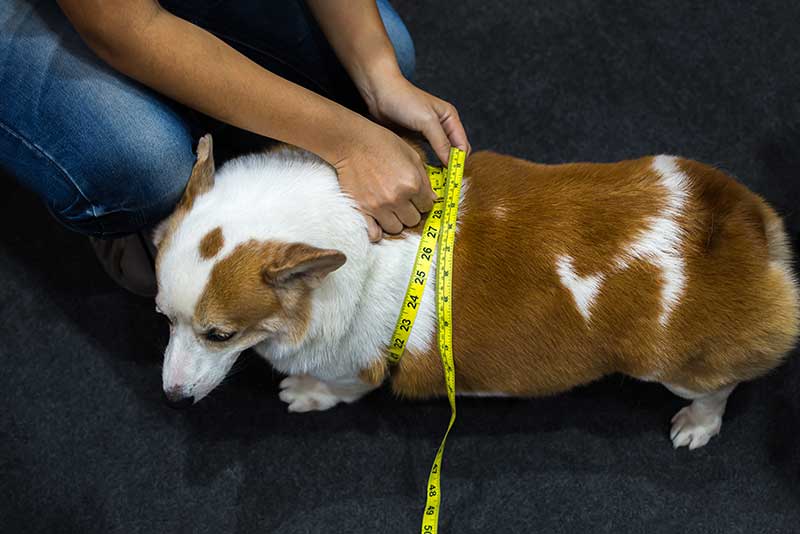Are you unsure about whether to neuter or spay your dog? You’re not alone! Many pet parents wonder if it’s the right choice for their furry friend. Imagine a world where your dog lives longer, behaves better, and avoids certain health risks. Sounds great, right? But there are also some downsides to consider. This blog will help you understand both the benefits and risks, so you can make the best decision for your dog. Keep reading to find out everything you need to know about neutering and spaying your beloved pet!

Neutering
Neutering or castration is a surgical procedure performed on male dogs where the testicles of the dogs are removed. The process of neutering in dogs reduces the amount of testosterone in male dogs, which can affect their growth and behavior. The process of neutering is done at the age of eight to ten months.
Spaying
It is the process of removing the ovaries and uterus of the female dog via surgery. This process is also known as an ovariohysterectomy. Although some vets only remove the ovaries of the dog, which is known as ovariectomy. This procedure is less complex. Your vet will make a small incision in the abdomen to remove the ovaries and then close it with sutures. This process can take up from thirty to ninety depending upon the age of the dog.
Pros of sterilization
1. Reduce the risk of cancer
Neutered dogs do not possess the risk of testicular cancer. It also removes the risk of any infection or enlarged prostate later at the age of five or six, which makes it very difficult to urinate. These risks are removed by neutering. For females, it removes the risk of pyometra which is a common uterine infection in females. It also prevents the risk of the ovary and uterine infection n them.
2. Stops breeding

Pet breeding can become very time-consuming for various dog owners. The overpopulation of dogs has become a serious problem as finding a good home for puppies is not very easy. If you choose to keep those puppies then you will have to bear the cost of vaccines, food, toys, etc, which cost a lot of money. So if you are adopting dogs or having both male and female dogs in your home then it is best to get them sterilized.
3. Reduces marking and mating urge

Removals of dog testicles lead to lower testosterone levels, which reduces their urge to mark or spray their territory. Neutered dogs don’t have the urge to mate, so there is less chance of running away from the house if they sense a dog in heat the neighborhood. It also reduces the hypersexualized behavior of dogs.
4. Calm behavior

Generally, male dogs are overly aggressive towards male dogs as they are naturally protective of their territory. Neutering reduces this aggressiveness in nature without hindering their playful nature. So your dog will not see the other dog as a potential rival and won’t pick up a fight with them. Spayed female dogs don’t attract male dogs and they don’t go into a heat cycle. It makes them very gentle, calm, and easier to get along with.
5. Increased life span
Spayed and neutered dogs have a longer and healthier life because they are least susceptible to infections, degenerative diseases such as cancer, and other causes of death. This makes sterilization the best measure for your dog’s health.
Cons of Sterilization
1. Urine incontinence

If the surgery takes place when the bladder of your dog is completely full, then it can cause urine incontinence. Also, as your dog gets older the bladder muscles will further weaken, which can lead to leakage. Hence it is best to do the process of neutering or spaying after the age of eight to ten months.
2. Health risk

If the dogs are neutered or spayed before the age of twelve months, it can lead to osteosarcoma and other orthopedic conditions. It can also lead to hypothyroidism and other cognitive impairments in your pooch. You have to take your dog to the vet for the test in case you see any symptoms such as tiredness, lethargy, and losing hair. The vet will recommend the medication. Some sterilized dogs may show some adverse effects after vaccinations.
3. Change in texture of fur

Neutering leads to hormonal changes in the dog which can affect your dog’s coat. You will notice changes in your dog’s fur over time. Their growth patterns can also change, but it won’t affect their overall health. Also, their sensitivity toward hot and cold temperatures changes.
4. Weight gain

Spaying or neutering decreases the metabolic rate of your dog; hence you need to watch the calorie intake of your pup to prevent weight gain. So basically if your dog is gaining weight, it means you need to make sure that your dog gets enough exercise.
5. It carries risk
There are many potential risks involved with this surgery, such as some dogs can develop reactions to anesthesia. Hence it is best to get the blood test done so that you can be aware that your dog is ready for the surgery or not. Some dogs can develop complications also, especially if they are obese or have diabetes. Post-operation recovery takes longer. Your dog will try to bite or claw those stitches which can lead to infection, so it is better to put a cone in your dog’s mouth.
Conclusions
Now that you have learned about the pros and cons of sterilization of dogs, you won’t be in a dilemma about whether you want to neuter your dog or not. Although there are some definite advantages to it, so neutering your dog seems like a good decision. However, it is best to not rush into it and wait for the right age.
FAQ

Mrs. Richa Khurana has completed her MBA in Marketing from IBS, Pune, Post Graduate Diploma in Business Journalism & Corporate Communication from Delhi University, and her BBA from IP University. Beyond her Read more



